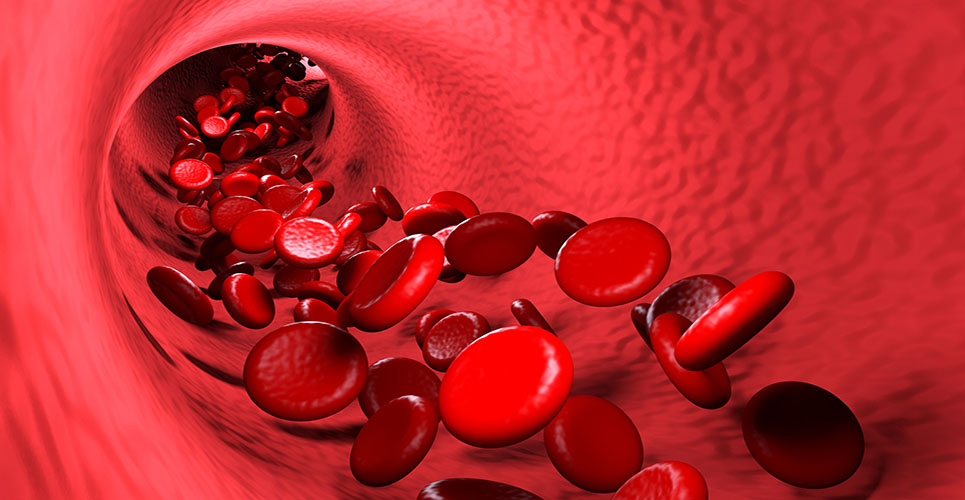teaser
Up to 25,000 people may die needlessly in the UK each year due tohospitals’ failure to prevent blood clots known as venousthromboembolisms (VTEs), according to a recent BMJ article.
Theirwarning follows the publication of official guidelines on the issue inApril by the National Institute for Health and Clinical Excellence(NICE), which are also summarised in the article.
It isestimated that VTE kills some 60,000 people a year in the UK andaccounts for 10% of all hospital deaths, write Prof David Fitzmauriceand Dr Ellen Murphy from the University of Birmingham. This is 10 timesgreater than the number of deaths due to MRSA and five times moredeaths than those caused by breast cancer, AIDS and road trafficaccidents combined.
People who have recently had surgery are particularly at risk.
Trialsshow that drugs can reduce the rate of VTE by up to 65%, yet a HealthSelect Committee report in 2005 found that only one in five patients atrisk were getting them.

The committee instructed NICE toproduce guidelines and called for an expert working group to develop astrategy and report back to the chief medical officer.
Theexpert group’s report and the chief medical officer’s response werepublished in April, recommending that every adult should have amandatory VTE risk assessment on admission to hospital and that corestandards be set to ensure full compliance with these assessments.
But despite the huge evidence base for preventative treatment, it remains poorly implemented in the UK, say the authors.
Acombination of factors may be responsible, they say. For example,health professionals lack awareness due to poor education, and VTEoften occurs after discharge from hospital. Prescribing costs may alsobe a barrier.
The Health Select Committee’s report two yearsago provided an opportunity to change practice, say the authors.Meanwhile, 25,000 people may have died needlessly each year because ofthe failure to implement simple thromboprophylaxis in UK hospitals,they conclude.
BMJ 2007:334:1017-19

